-
 Bitcoin
Bitcoin $108,879.8879
0.11% -
 Ethereum
Ethereum $2,565.0410
0.07% -
 Tether USDt
Tether USDt $1.0001
0.00% -
 XRP
XRP $2.2915
-0.14% -
 BNB
BNB $660.7569
-0.20% -
 Solana
Solana $151.1919
-0.78% -
 USDC
USDC $1.0000
0.00% -
 TRON
TRON $0.2869
-0.14% -
 Dogecoin
Dogecoin $0.1698
-0.98% -
 Cardano
Cardano $0.5832
-0.83% -
 Hyperliquid
Hyperliquid $38.2151
-3.65% -
 Sui
Sui $2.8819
-1.10% -
 Bitcoin Cash
Bitcoin Cash $498.0045
0.53% -
 Chainlink
Chainlink $13.3860
-1.54% -
 UNUS SED LEO
UNUS SED LEO $9.0541
-0.22% -
 Stellar
Stellar $0.2535
1.00% -
 Avalanche
Avalanche $18.0791
-0.65% -
 Shiba Inu
Shiba Inu $0.0...01185
0.83% -
 Toncoin
Toncoin $2.7669
-1.12% -
 Hedera
Hedera $0.1575
-1.49% -
 Litecoin
Litecoin $86.3735
-1.06% -
 Monero
Monero $316.7337
-1.19% -
 Dai
Dai $1.0000
0.01% -
 Polkadot
Polkadot $3.3611
-0.82% -
 Ethena USDe
Ethena USDe $1.0002
0.01% -
 Bitget Token
Bitget Token $4.2618
-1.76% -
 Uniswap
Uniswap $7.4587
0.85% -
 Aave
Aave $282.3607
-1.88% -
 Pepe
Pepe $0.0...01004
-0.06% -
 Pi
Pi $0.4576
-0.29%
How do I view transaction details in Trust Wallet?
2025/04/21 16:42
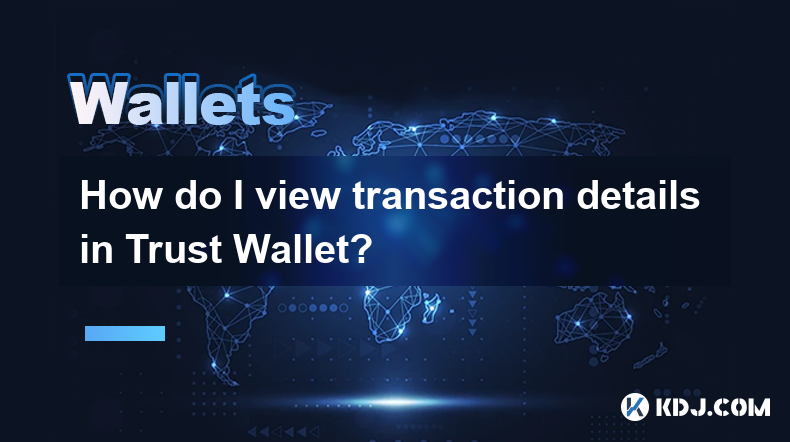
Viewing transaction details in Trust Wallet is a straightforward process that allows users to monitor their cryptocurrency transactions effectively. Whether you are checking the status of a recent transaction or reviewing historical data, Trust Wallet provides a user-friendly interface to access all the necessary information. In this article, we will guide you through the steps to view transaction details in Trust Wallet, ensuring you can manage your digital assets with confidence.
Accessing the Transaction History
To begin viewing your transaction details, you first need to access your transaction history within Trust Wallet. Here's how you can do it:
- Open the Trust Wallet app on your mobile device.
- Tap on the wallet icon located at the bottom of the screen. This will take you to the list of cryptocurrencies you have added to your wallet.
- Select the specific cryptocurrency for which you want to view transaction details. For example, if you want to check Bitcoin transactions, tap on the Bitcoin icon.
- Scroll down to the "Transactions" section. This section will display a list of all the transactions associated with the selected cryptocurrency.
Viewing Individual Transaction Details
Once you have accessed the transaction history, you can view the details of any individual transaction. Follow these steps:
- Locate the transaction you want to view in the list of transactions.
- Tap on the transaction to open its details. This will display a new screen with comprehensive information about the transaction.
Understanding Transaction Details
When you open the details of a transaction, you will see several key pieces of information. Here's what each part means:
- Transaction Hash: This is a unique identifier for the transaction on the blockchain. It can be used to track the transaction on a blockchain explorer.
- Date and Time: This shows when the transaction occurred.
- Amount: This indicates the amount of cryptocurrency sent or received.
- From/To Address: These are the addresses involved in the transaction. The "From" address is the sender, and the "To" address is the recipient.
- Status: This shows whether the transaction is pending, confirmed, or failed.
- Transaction Fee: This is the fee paid to the network for processing the transaction.
Using a Blockchain Explorer for More Details
For even more detailed information about a transaction, you can use a blockchain explorer. Trust Wallet makes it easy to access a blockchain explorer directly from the transaction details. Here's how:
- Open the transaction details as described above.
- Tap on the "View on Block Explorer" button. This will open the transaction on a blockchain explorer website in your device's default web browser.
- Explore the transaction details on the blockchain explorer. You can see additional information such as the block number, confirmations, and more detailed transaction paths.
Troubleshooting Common Issues
Sometimes, you might encounter issues when trying to view transaction details. Here are some common problems and their solutions:
- Transaction Not Showing Up: If a transaction does not appear in your history, ensure that you have selected the correct cryptocurrency and that the transaction has been broadcast to the network. It may take some time for the transaction to be confirmed and appear in your history.
- Incomplete Transaction Details: If some details are missing, try refreshing the transaction list or restarting the app. If the issue persists, check the transaction on a blockchain explorer.
- Transaction Status Issues: If a transaction shows as pending for an extended period, it might be stuck due to network congestion or insufficient fees. You can try increasing the transaction fee or waiting for the network to clear the backlog.
Exporting Transaction History
Trust Wallet also allows you to export your transaction history for record-keeping or tax purposes. Here's how to do it:
- Go to the transaction history of the cryptocurrency you want to export.
- Tap on the three dots in the top right corner of the screen.
- Select "Export Transactions". This will generate a CSV file containing all your transaction data.
- Choose where to save the file on your device or share it via email or other apps.
Frequently Asked Questions
Q: Can I view transaction details for all cryptocurrencies in Trust Wallet?
A: Yes, Trust Wallet supports viewing transaction details for all cryptocurrencies that it supports. Simply select the specific cryptocurrency from your wallet list to view its transaction history.
Q: How long does it take for a transaction to appear in my history?
A: The time it takes for a transaction to appear in your history can vary depending on the cryptocurrency and network conditions. Generally, it can take anywhere from a few minutes to several hours for a transaction to be confirmed and appear in your history.
Q: What should I do if a transaction is stuck?
A: If a transaction is stuck, you can try increasing the transaction fee to expedite processing. Alternatively, you can wait for the network to clear the backlog. If the transaction remains stuck for an extended period, you may need to contact the support team of the specific cryptocurrency for further assistance.
Q: Is it safe to share my transaction hash with others?
A: Yes, it is generally safe to share your transaction hash as it is a public identifier on the blockchain. However, be cautious about sharing other personal information that could be linked to the transaction.
免责声明:info@kdj.com
所提供的信息并非交易建议。根据本文提供的信息进行的任何投资,kdj.com不承担任何责任。加密货币具有高波动性,强烈建议您深入研究后,谨慎投资!
如您认为本网站上使用的内容侵犯了您的版权,请立即联系我们(info@kdj.com),我们将及时删除。
- Coinbase(Coin)IPO闪回:集会过度扩展还是刚开始?
- 2025-07-08 22:50:12
- 比特币价格,埃隆·马斯克(Elon Musk)和btcbull:看涨的三杆?
- 2025-07-09 00:10:12
- Toonie麻烦:像专家一样发现假货
- 2025-07-08 22:50:12
- Coinbase,Crypto Stocks和Ozak AI:乘坐Web3浪潮
- 2025-07-08 23:10:14
- Binance,Bitcoin和Spot Market:深入研究主导地位
- 2025-07-09 00:15:12
- BTC,打snter代币和加密货币场景:有什么交易?
- 2025-07-08 23:15:12
相关百科
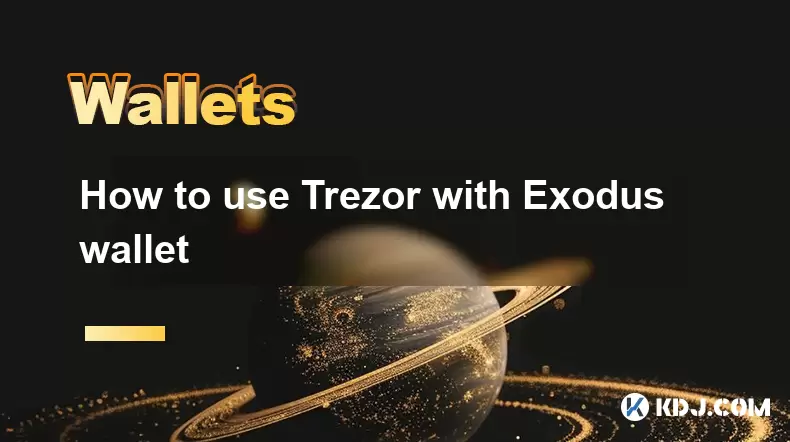
如何将Trezor与Exodus Wallet一起使用
2025-07-09 00:49:34
将Trezor硬件钱包连接到出埃及软件钱包要将Trezor与Exodus Wallet一起使用,用户需要将硬件钱包连接到Exodus提供的软件接口。这种集成允许增强安全性,同时通过用户友好的界面管理数字资产。该过程涉及几个关键步骤,每个步骤都必须仔细遵循以确保安全和功能的连接。使用USB电缆插入Tr...
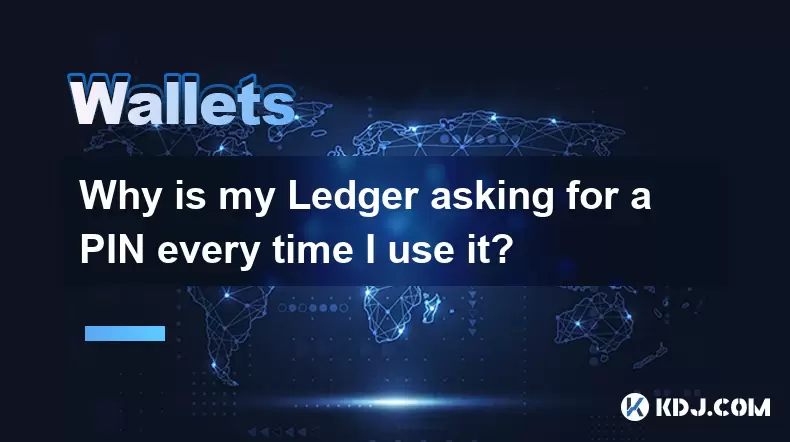
为什么我的分类帐每次使用时都要求销钉?
2025-07-08 23:21:50
了解分类帐设备上的针的目的PIN(个人身份证号码)是每个分类帐硬件钱包中内置的至关重要的安全功能。它的主要功能是保护您的设备免于未经授权的访问。首次设置分类帐时,提示您创建一个独特的引脚代码,该代码是加密货币持有的第一层防御层。这种机制确保了即使某人物理可以访问您的分类帐设备,他们也无法在不知道正确...
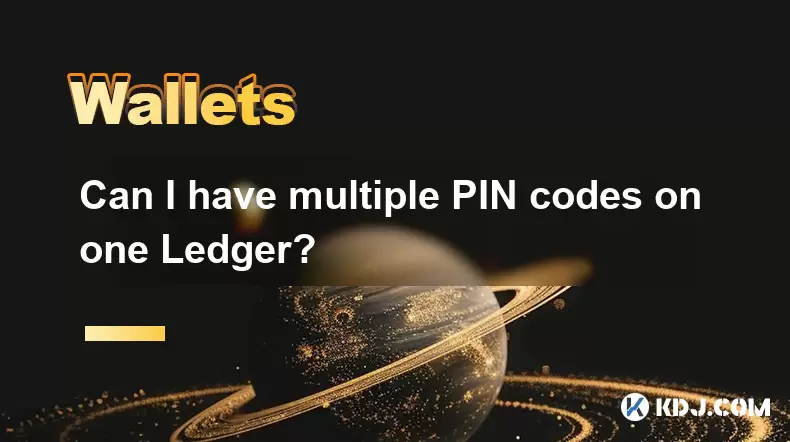
我可以在一个分类帐上有多个PIN代码吗?
2025-07-09 00:35:18
了解分散交流(DEX)的基础知识分散的交换或DEX是一种无中央权威运作的加密货币交易平台。与传统的集中交易所(CEXS)不同,DEX允许用户直接从其钱包进行交易,而无需将资金存入交易所本身。这种结构增强了安全性并降低了对手的风险,因为用户在整个交易过程中保留对其私钥的控制权。智能合约权力大多数分散的...
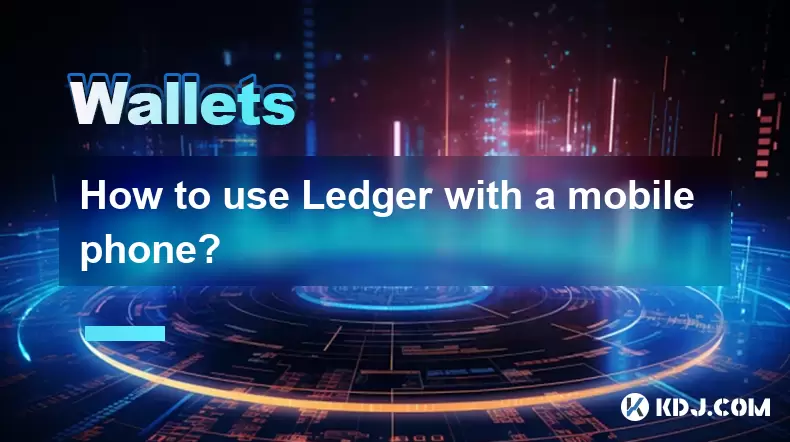
如何将Ledger与手机一起使用?
2025-07-08 22:49:45
将分类帐硬件钱包连接到移动设备使用手机使用分类帐硬件钱包,提供了一种安全便捷的方法来管理途中的加密货币。首先,请确保您的移动设备满足必要的要求:Android 8.0或更高或运行iOS 13.0或以后的iOS设备。 LEDGER LIVE应用必须从相应的App Store安装。使用适当的电缆将您的分...

How to avoid MetaMask phishing scams?
2025-07-08 23:35:31
<h3>Understanding MetaMask Phishing Scams</h3><p>MetaMask phishing scams are deceptive tactics used by cybercriminals to trick users...

How to recover my MetaMask wallet with a secret recovery phrase?
2025-07-08 22:01:05
<h3>Understanding the MetaMask Secret Recovery Phrase</h3><p>When using MetaMask, a widely adopted Ethereum-based wallet, users are ...

如何将Trezor与Exodus Wallet一起使用
2025-07-09 00:49:34
将Trezor硬件钱包连接到出埃及软件钱包要将Trezor与Exodus Wallet一起使用,用户需要将硬件钱包连接到Exodus提供的软件接口。这种集成允许增强安全性,同时通过用户友好的界面管理数字资产。该过程涉及几个关键步骤,每个步骤都必须仔细遵循以确保安全和功能的连接。使用USB电缆插入Tr...

为什么我的分类帐每次使用时都要求销钉?
2025-07-08 23:21:50
了解分类帐设备上的针的目的PIN(个人身份证号码)是每个分类帐硬件钱包中内置的至关重要的安全功能。它的主要功能是保护您的设备免于未经授权的访问。首次设置分类帐时,提示您创建一个独特的引脚代码,该代码是加密货币持有的第一层防御层。这种机制确保了即使某人物理可以访问您的分类帐设备,他们也无法在不知道正确...

我可以在一个分类帐上有多个PIN代码吗?
2025-07-09 00:35:18
了解分散交流(DEX)的基础知识分散的交换或DEX是一种无中央权威运作的加密货币交易平台。与传统的集中交易所(CEXS)不同,DEX允许用户直接从其钱包进行交易,而无需将资金存入交易所本身。这种结构增强了安全性并降低了对手的风险,因为用户在整个交易过程中保留对其私钥的控制权。智能合约权力大多数分散的...

如何将Ledger与手机一起使用?
2025-07-08 22:49:45
将分类帐硬件钱包连接到移动设备使用手机使用分类帐硬件钱包,提供了一种安全便捷的方法来管理途中的加密货币。首先,请确保您的移动设备满足必要的要求:Android 8.0或更高或运行iOS 13.0或以后的iOS设备。 LEDGER LIVE应用必须从相应的App Store安装。使用适当的电缆将您的分...

How to avoid MetaMask phishing scams?
2025-07-08 23:35:31
<h3>Understanding MetaMask Phishing Scams</h3><p>MetaMask phishing scams are deceptive tactics used by cybercriminals to trick users...

How to recover my MetaMask wallet with a secret recovery phrase?
2025-07-08 22:01:05
<h3>Understanding the MetaMask Secret Recovery Phrase</h3><p>When using MetaMask, a widely adopted Ethereum-based wallet, users are ...
查看所有文章

























































































